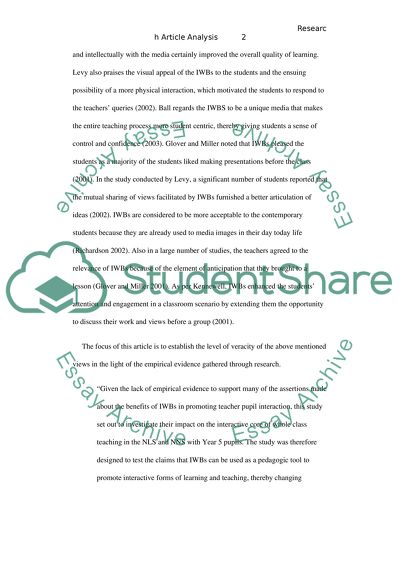Cite this document
(The Impact of Interactive Whiteboards on Teacher-Pupil Interaction Research Paper, n.d.)
The Impact of Interactive Whiteboards on Teacher-Pupil Interaction Research Paper. https://studentshare.org/education/1502150-the-impact-of-interactive-whiteboards-on-teacher-pupil-interaction
The Impact of Interactive Whiteboards on Teacher-Pupil Interaction Research Paper. https://studentshare.org/education/1502150-the-impact-of-interactive-whiteboards-on-teacher-pupil-interaction
(The Impact of Interactive Whiteboards on Teacher-Pupil Interaction Research Paper)
The Impact of Interactive Whiteboards on Teacher-Pupil Interaction Research Paper. https://studentshare.org/education/1502150-the-impact-of-interactive-whiteboards-on-teacher-pupil-interaction.
The Impact of Interactive Whiteboards on Teacher-Pupil Interaction Research Paper. https://studentshare.org/education/1502150-the-impact-of-interactive-whiteboards-on-teacher-pupil-interaction.
“The Impact of Interactive Whiteboards on Teacher-Pupil Interaction Research Paper”. https://studentshare.org/education/1502150-the-impact-of-interactive-whiteboards-on-teacher-pupil-interaction.


